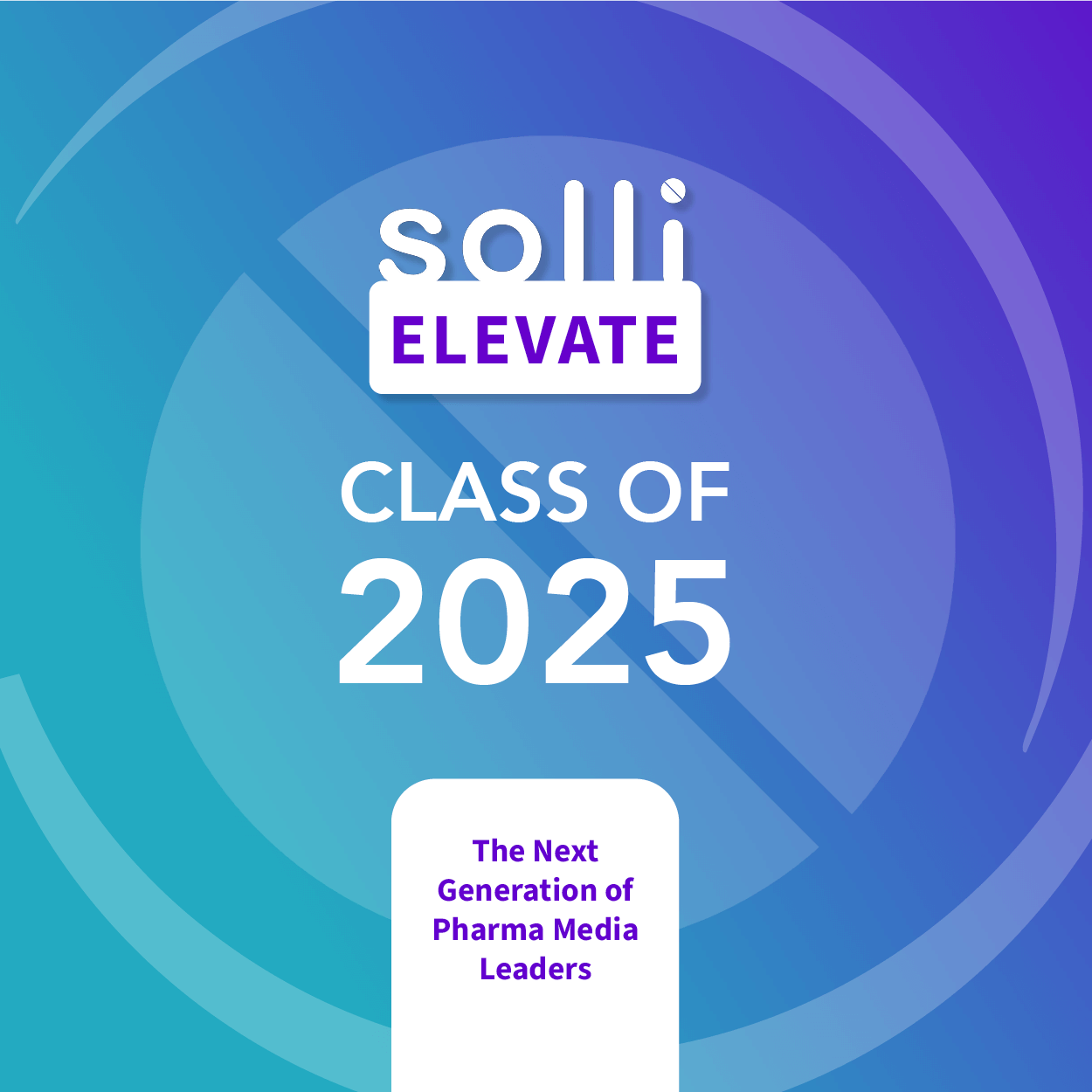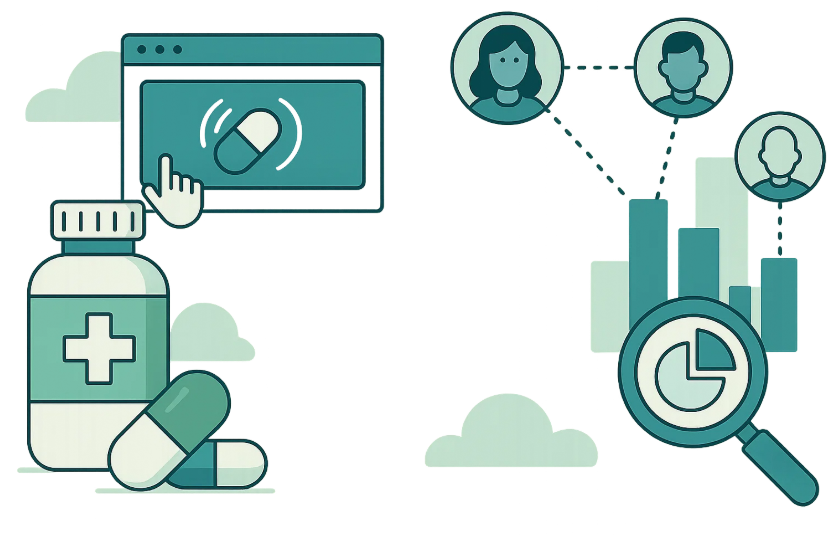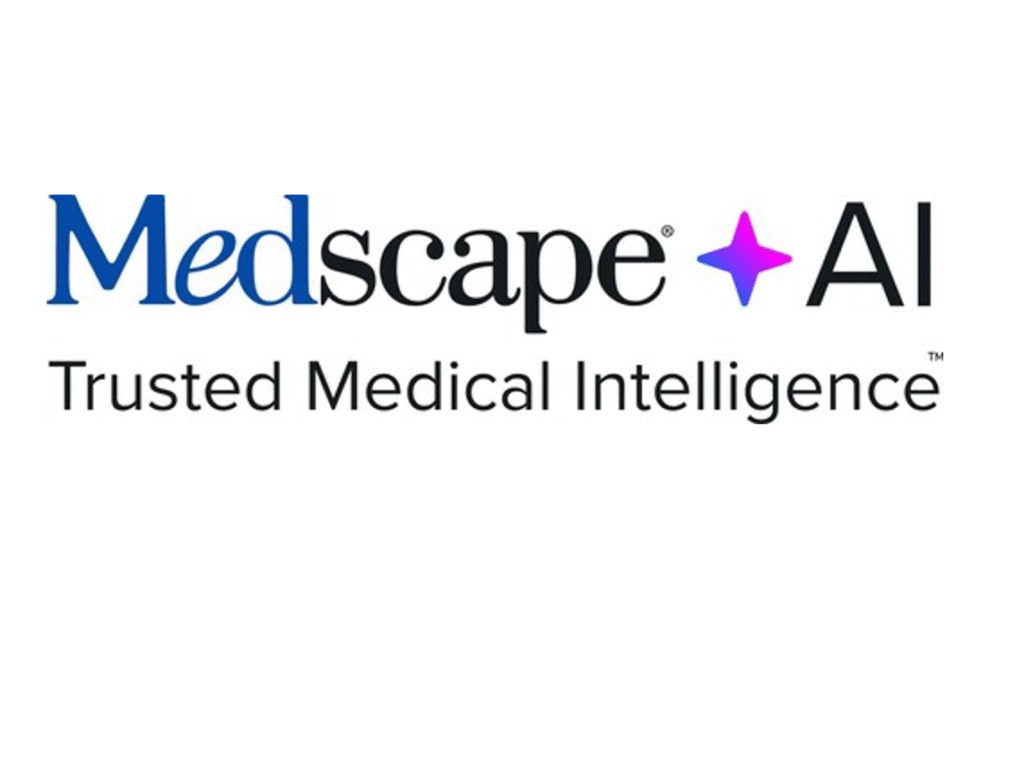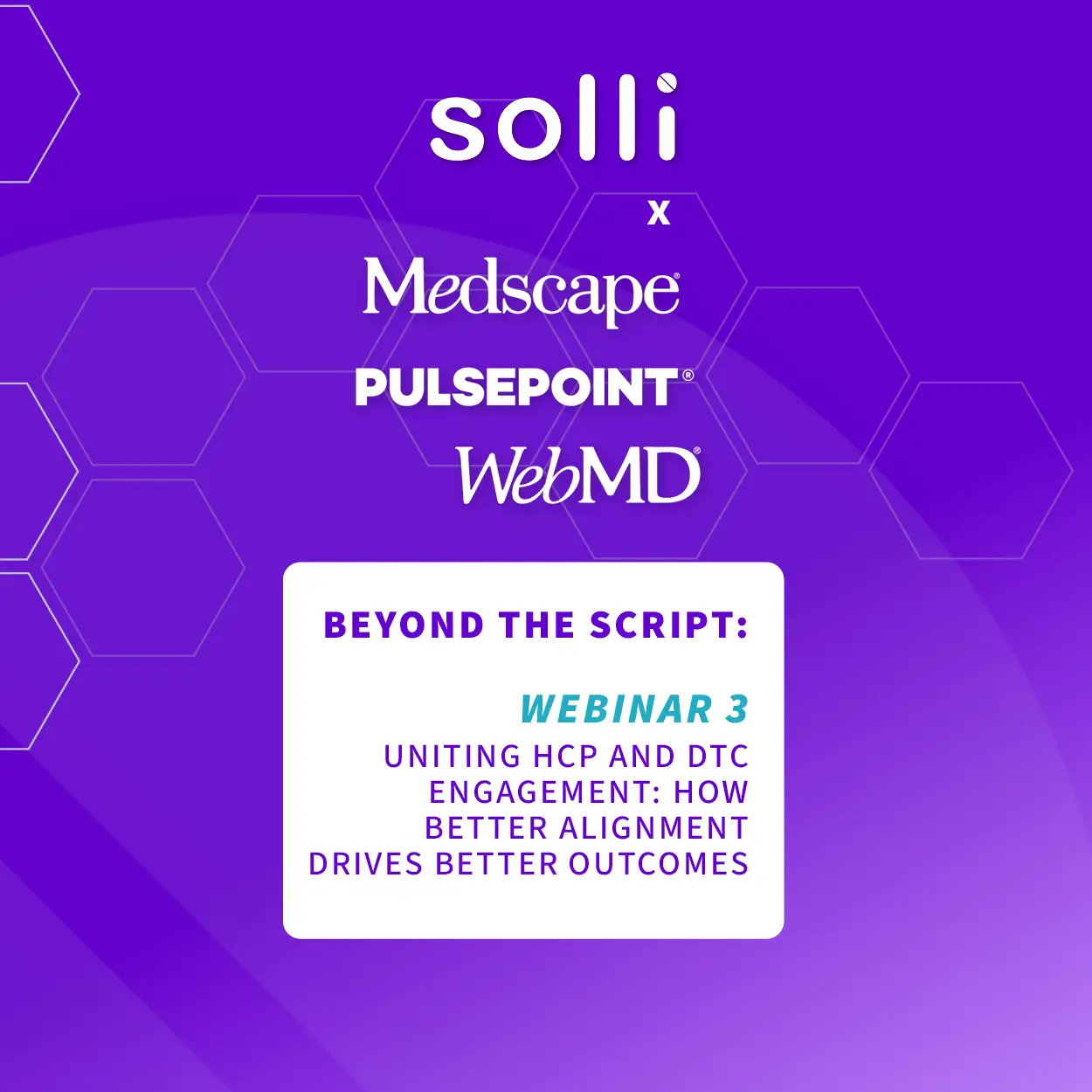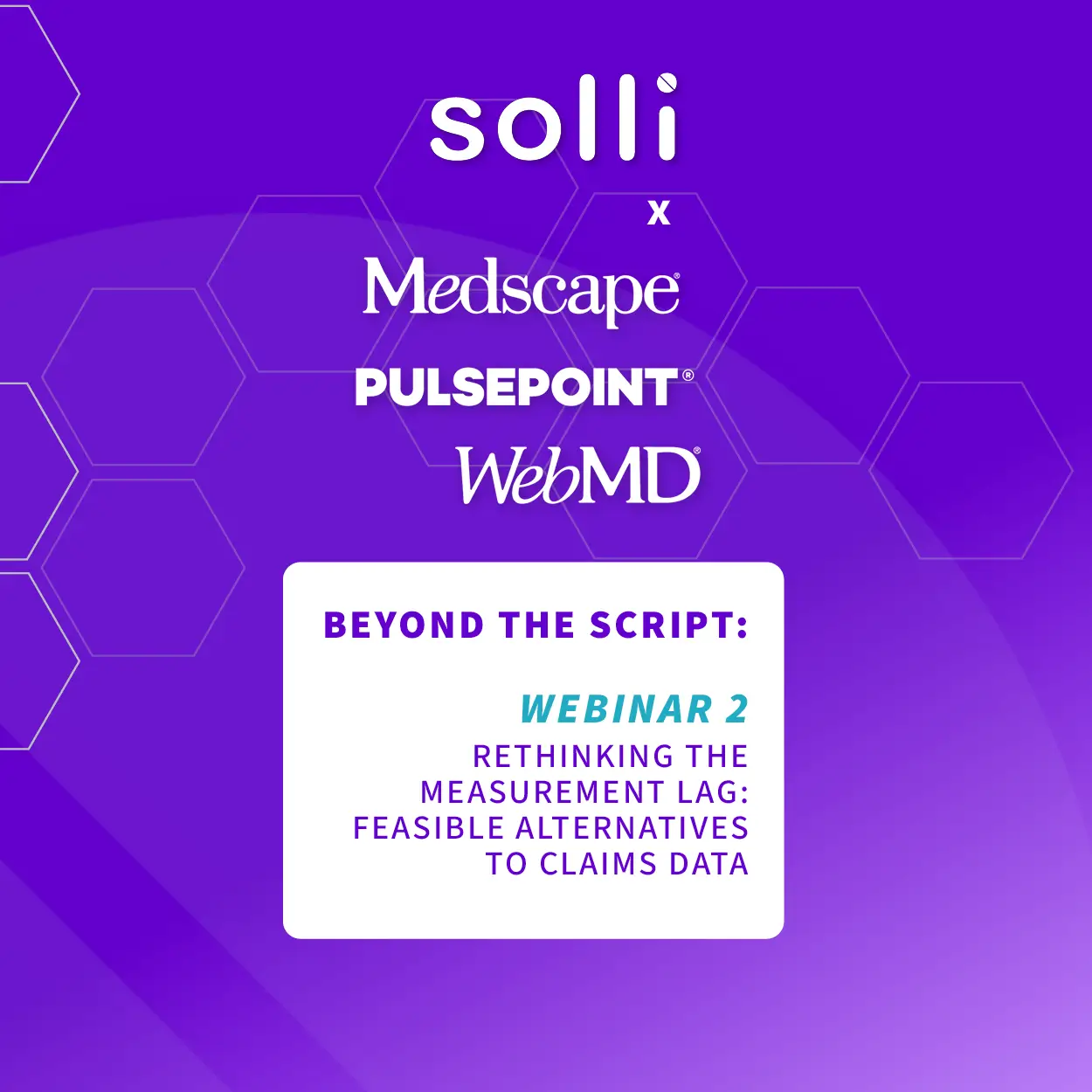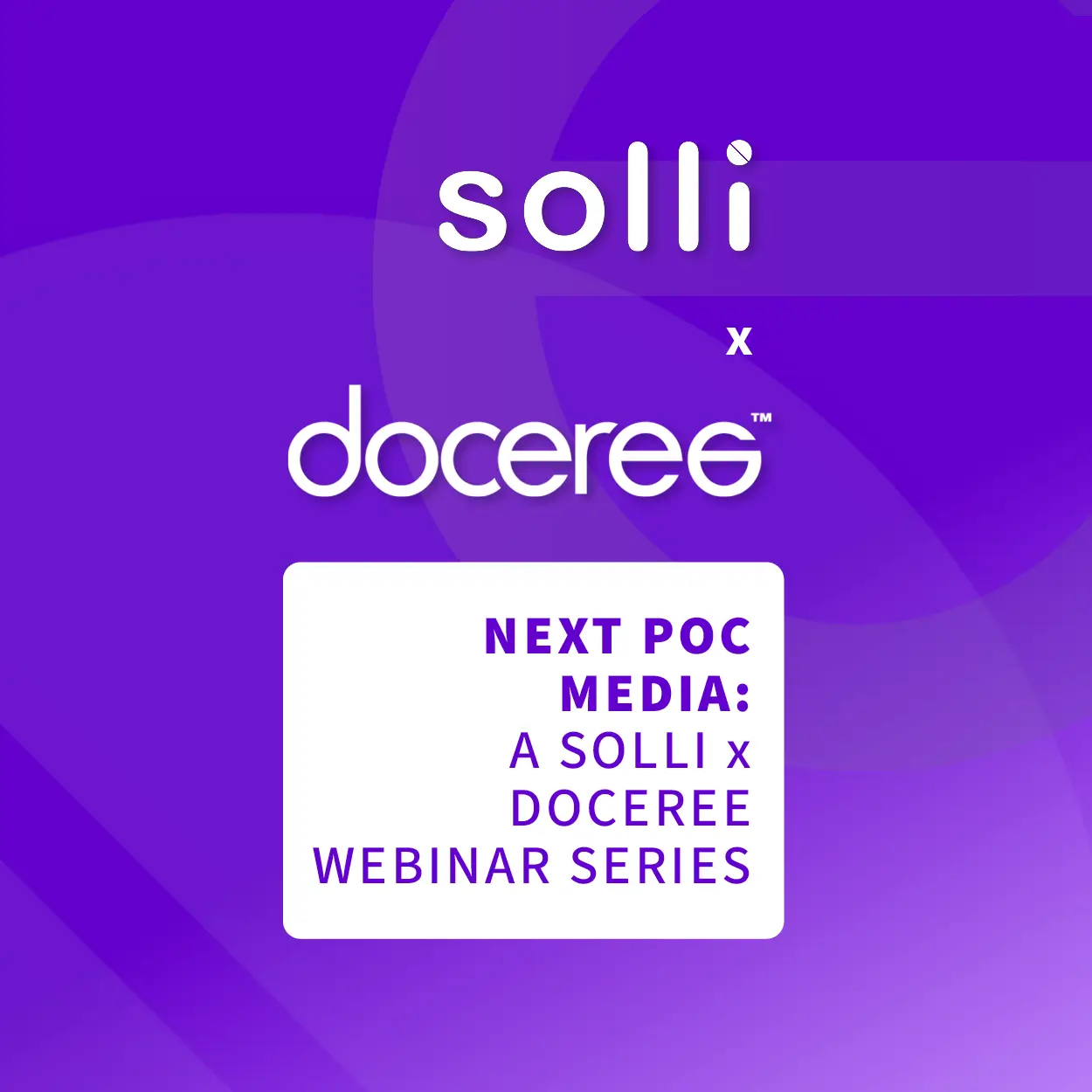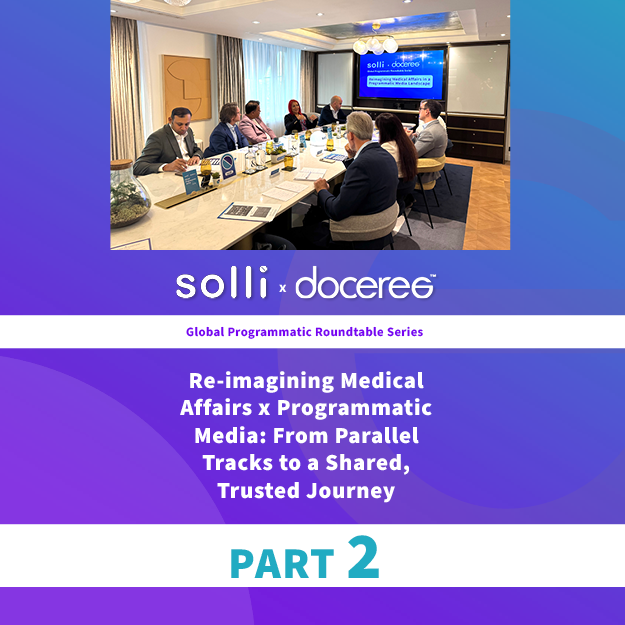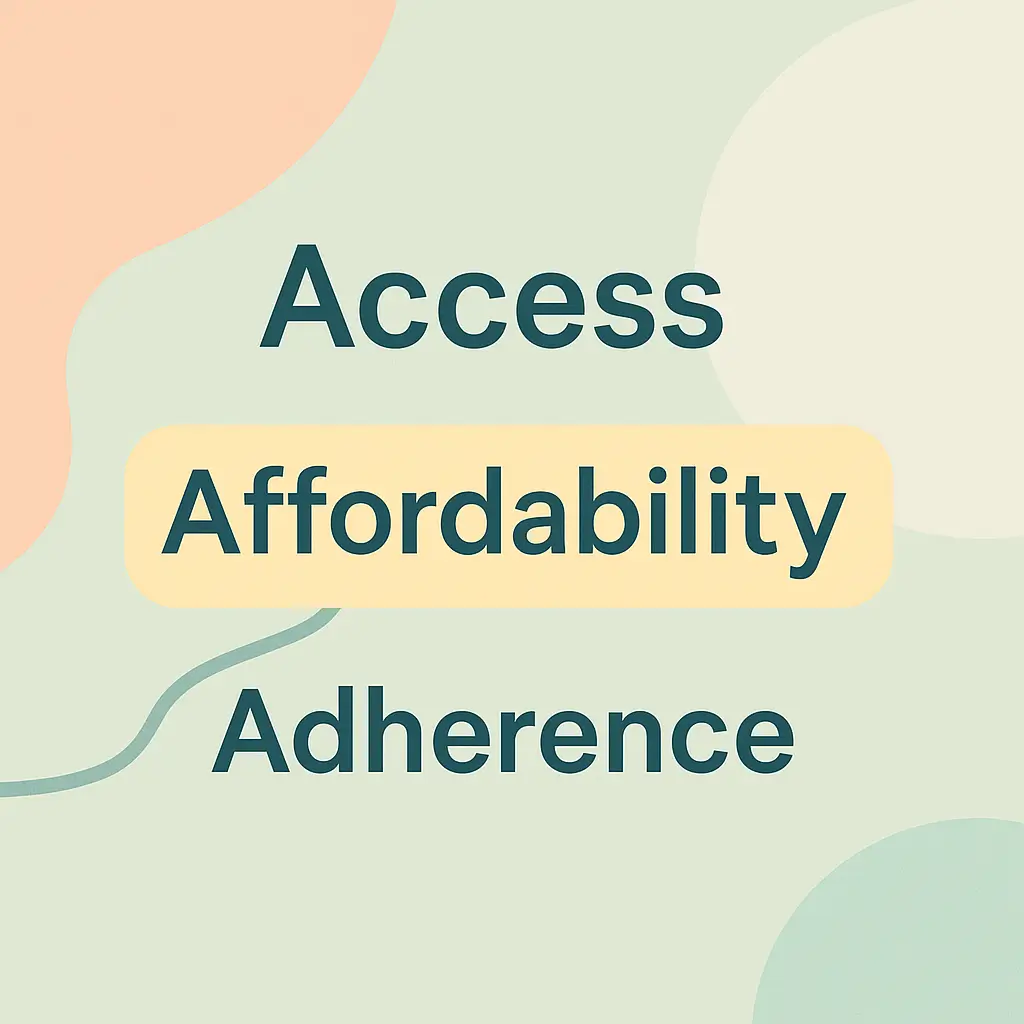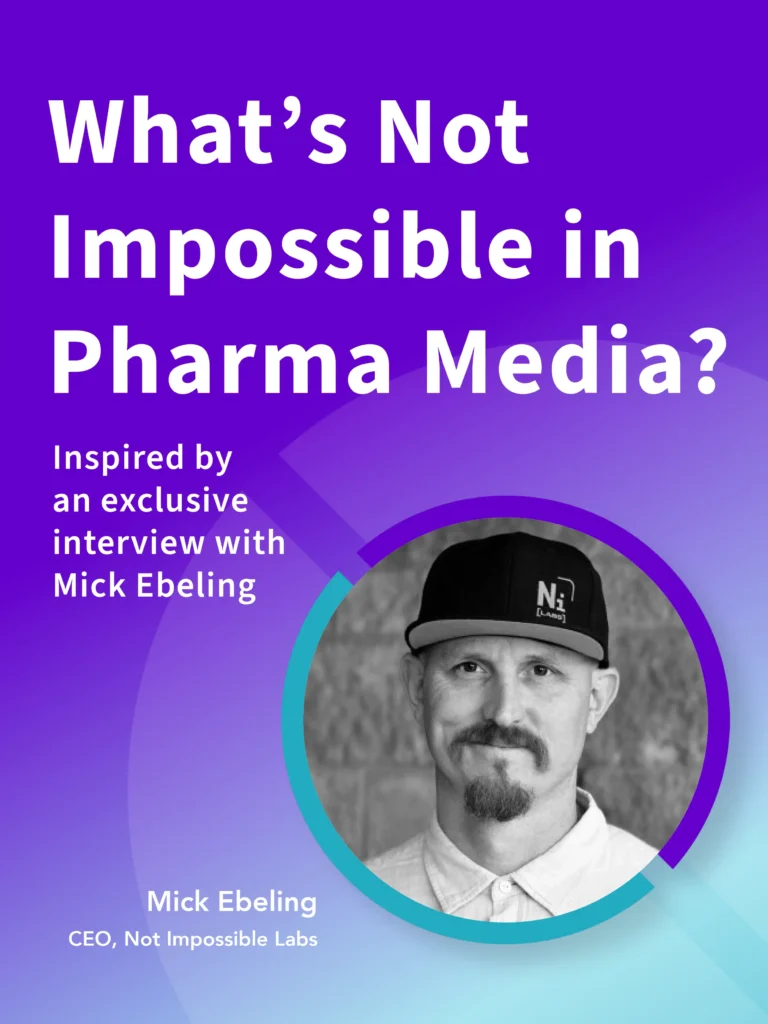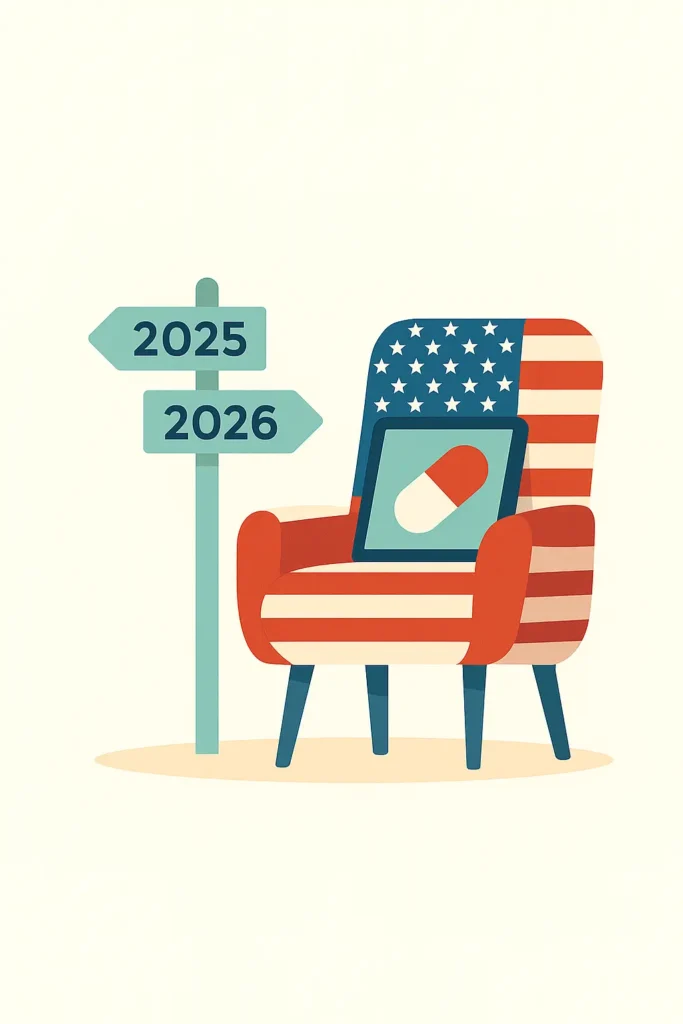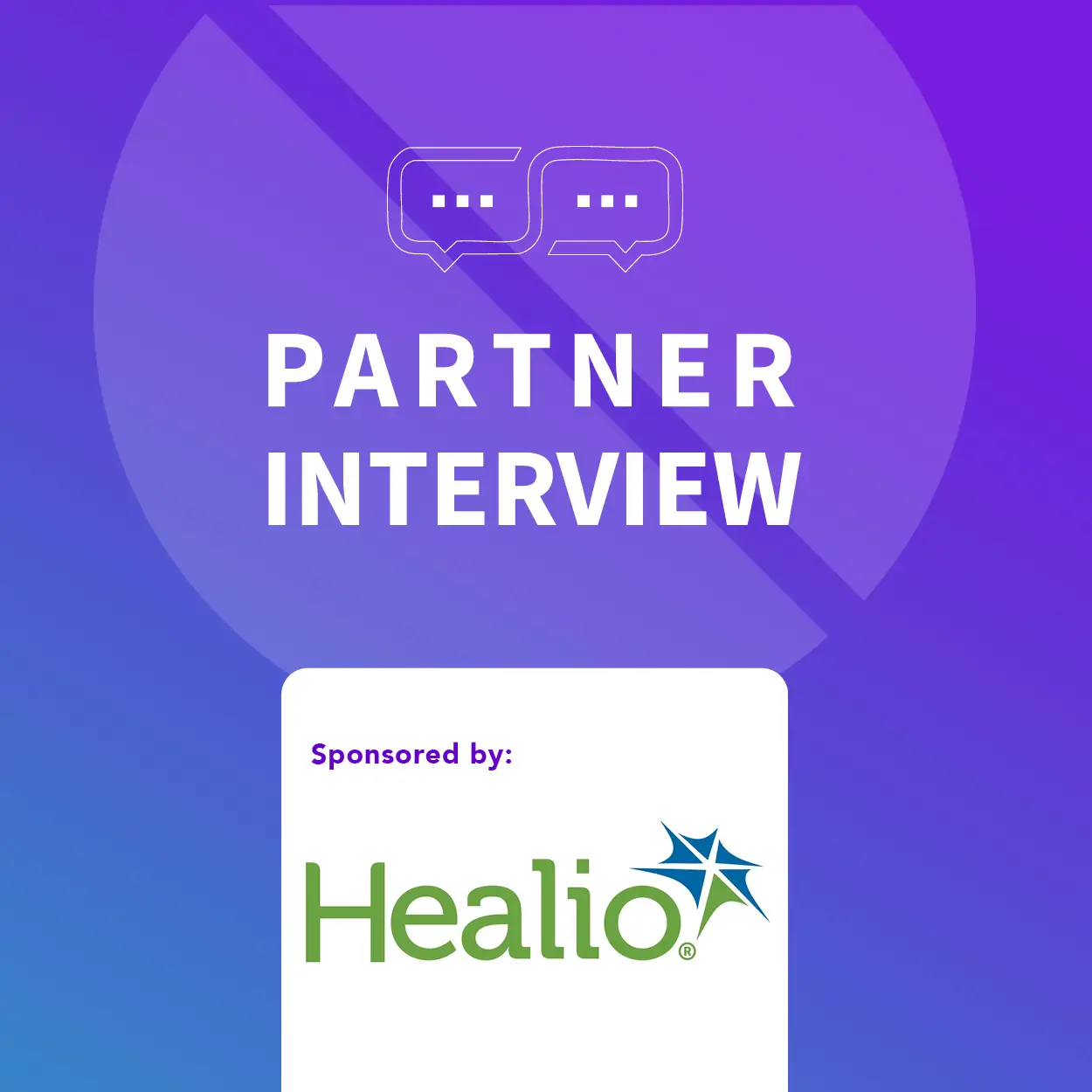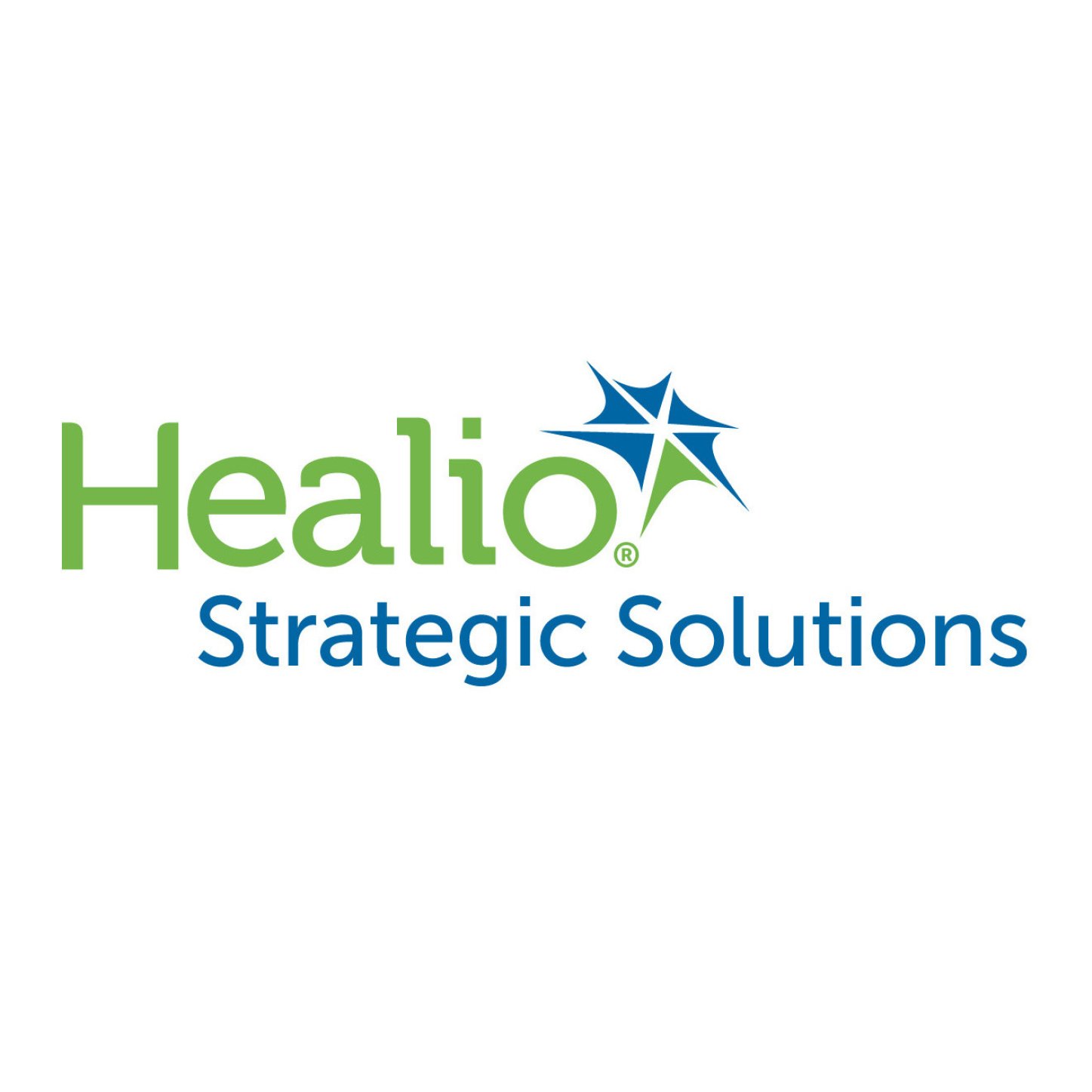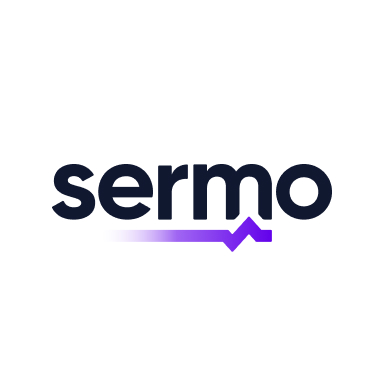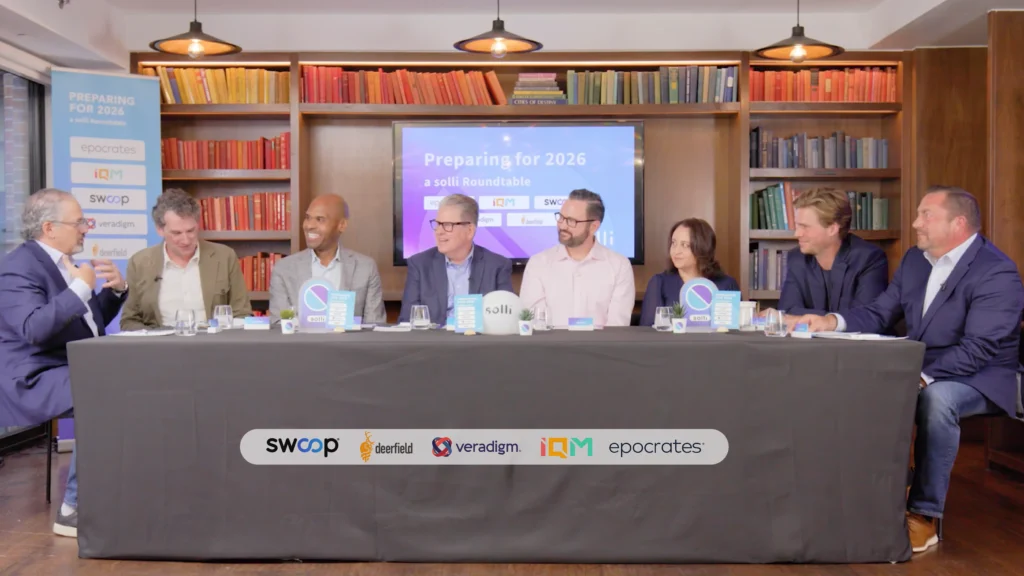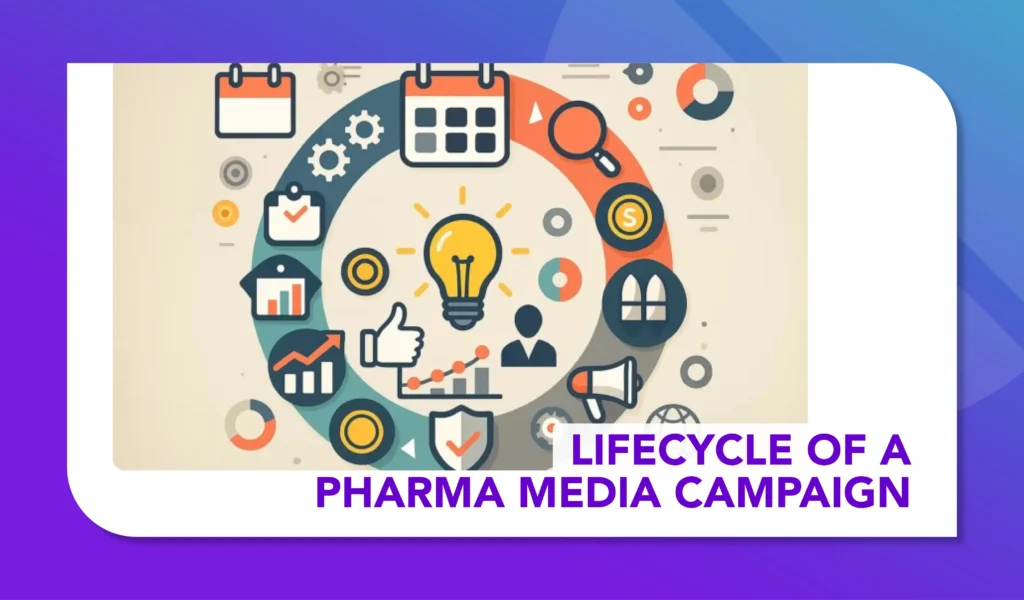Cracking China’s HCP Code: What Global Pharma Must Master in 2025
From Reach to Relevance: Winning in China’s HCP Media Maze
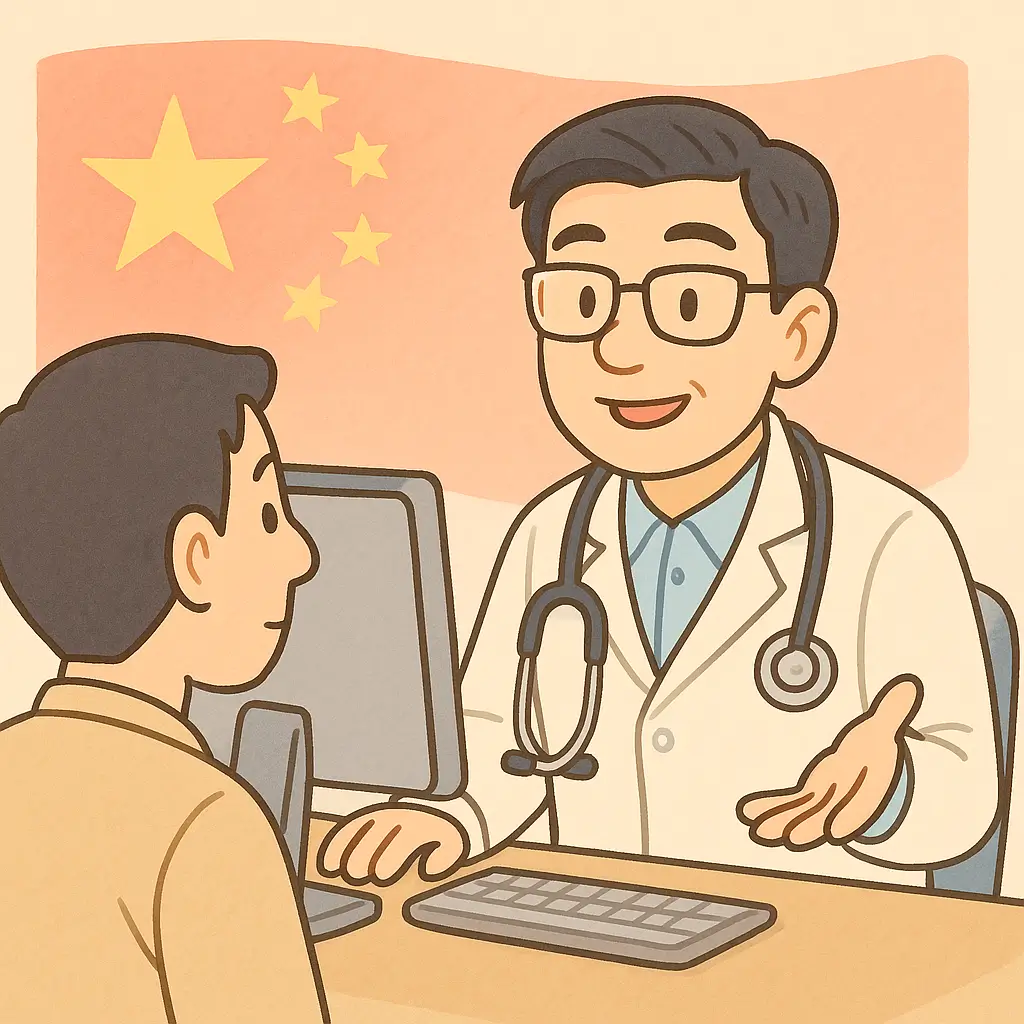
In China’s healthcare world, reaching HCPs isn’t just about getting the message out – it’s about navigating a maze of regulations, behaviors, and platforms that are evolving at lightning speed. For pharma brands and medical communicators, success means more than visibility; it means earning trust, staying compliant, and showing up in the right channels at the right moments.
This guide unpacks the fast-changing media ecosystem for HCPs in China – where they go for information, how they consume content, what’s driving their choices, and how pharma can connect in smarter, sharper ways.
-
Engage Smarter: How Digital Media is Redefining HCP Engagement in China
China’s healthcare media landscape has gone digital – and pharma brands need to follow suit. With HCPs spending more time online and relying on trusted digital communities, engagement strategies must be precise, relevant, and locally tuned.
- Digital First Shift: According to Yibai (100doc) survey, today’s HCPs spend more than 17 hours per week consuming online medical content, making digital channels essential to any engagement strategy.
- Segmented by City Tier: Content preferences vary by region – Tier 1 doctors expect academic depth, while those in lower-tier cities value accessibility and Continuing Medical Education (CME) support. One-size-fits-all doesn’t work.
- Growth of KOLs & Professional Communities: Physician KOLs and digital medical communities such as DXY.cn and WeChat groups are now the go-to sources for trusted information. HCPs value peer-led, platform-native content, and brands that enable that gain credibility fast.
Takeaway: In China, digital isn’t just a channel, it’s the frontline. Winning engagement means delivering peer-led, locally relevant, mobile-first content tailored to regional behaviors and platform preferences.
-
Play by the Rules or Pay the Price: The Regulatory Realities of Pharma-HCP Engagement in China
In China, pharma engagement isn’t just about what you say; it’s about how, where, and to whom you say it. The country’s healthcare regulations are among the world’s most stringent, and even a minor misstep can carry major consequences.
- No DTC, No Grey Zones: The Advertising Law and Drug Administration Law prohibit direct-to-consumer (DTC) drug promotion and enforce strict standards on HCP-targeted content. Scientific, balanced, and pre-approved messaging is mandatory.
- Clean Engagement, Clear Boundaries: The “Nine Prohibitions” and anti-bribery laws restrict gifts, sponsorships, or incentives tied to prescriptions. Engagement must be educational, not transactional.
- Real Names, Real Authority: Under real-name registration rules, all online medical content must be traceable to verified professionals or certified institutions. Unverified or anonymous advice is not just discouraged, it’s illegal.
- Precision, with Permission: Think of China’s Personal Information Protection Law (PIPL) as the country’s version of GDPR or CCPA – but with even stricter consent requirements around how HCP data is collected, stored, and used for targeting or CRM. Precision marketing must now go hand in hand with airtight compliance.
Takeaway: Compliance isn’t a checkbox — it’s your license to operate. Successful pharma brands design engagement strategies around verified content, data protection, and regulatory precision.
-
The Channels That Count: Where China’s HCPs Go for Trusted Information
From prestigious journals to powerful social platforms, China’s healthcare media ecosystem is vast and evolving fast. Reaching physicians today means knowing where they read, watch, share, and learn. Here’s where pharma needs to show up.
A. Traditional & Academic Channels: Authority Still Matters
While digital dominates, major journals and medical associations still shape clinical thinking and set the gold standard for credibility.
Major Medical Journals:
-
- Chinese Medical Journal (中华医学杂志): Flagship journal of the Chinese Medical Association, publishing peer-reviewed clinical research across disciplines. Indexed in PubMed and SCI.
- Chinese Journal of Internal Medicine (中华内科杂志): Leading Chinese-language journal for internal medicine, widely used in CME and national clinical guidelines.
- The Lancet China (柳叶刀中文版): Localized edition of The Lancet, featuring translated and China-focused content on public health and clinical medicine.
- NEJM China (NEJM医学前沿): Chinese edition of the New England Journal of Medicine, providing high-impact, practice-changing research tailored for China’s clinical audience.
Influential Medical Associations:
-
- Chinese Medical Association (CMA): Oversees 100+ specialty societies and hosts China’s most respected academic conferences.
- Chinese Medical Doctor Association (CMDA): A national leader in CME accreditation and specialty training.
- China Pharmaceutical Association (CPA): A key partner to the National Health Commission on policy development and physician education.
Note: These journals and associations are among the most influential in China, but they’re not the only ones. Many other specialty-specific and regional publications or medical societies also play a key role in shaping clinical practice and physician education.
B. Digital & Social Platforms: Where Attention Really Lives
China’s HCPs are mobile-first, peer-driven, and highly selective about content. These are the digital touchpoints that shape perception and influence practice.
- WeChat (微信公众号):
The undisputed king of HCP communication. Used by 90% of Chinese physicians for CME, clinical updates, and peer interaction1. - DXY.cn (丁香园):
China’s largest online medical community. With over 200,000 verified physicians, it’s the go-to platform for forums, case discussions, and medical news2. - MedSci (梅斯医学):
A leading platform for research-focused physicians – especially in oncology – with over 150,000 verified physicians accessing clinical updates and expert networking. - Douyin & Bilibili:
Short-form video is on the rise, even in medicine. These platforms are gaining traction for bite-sized education, particularly among younger physicians. 61% of HCPs recall video content better than text3. - Rednote (小红书):
Gen Z physicians turn here for lifestyle-aligned, peer-generated insights. Clinical pearls feel more authentic when shared in their own voice. 72% trust peer content over pharma-produced4. - Zhihu (知乎):
Where China’s physicians debate, discuss, and challenge ideas. With over 1.2 million verified HCPs, it’s a hub for evidence-based Q&A – especially among younger specialists – 40% of users are under 355.
Online CME Platforms:
-
- Medlive (医脉通) – 3.8M+ HCPs
- Medical Channel (医学界) – 2.5M+ HCPs
Together, they power over 65% of China’s digital CME learning — essential for regulatory-compliant education campaigns.
Takeaway: To build trust and influence clinical decisions, pharma must meet HCPs on their terms — across a curated mix of medical journals, KOL-led platforms, and peer-driven social channels like WeChat and DXY.
-
Four Trends That Are Redefining HCP Media Strategy in China
A. Virtual Is the New Normal
Digital engagement is now the norm, not the backup:
-
- 78% of HCPs attend 3+ virtual events/year; webinar engagement is 2.5x higher than pre-20201.
- Major medical conferences (e.g., CSCO) drew 1.8M+ livestream views, 40% from Tier 2–4 cities6.
- Pharma AI chatbots handle 30–50K monthly queries with built-in compliance7.
- 92% of pharma bots now use pre-approved content libraries8.
B. KOLs Are the New Media
Peer influence beats brand push:
-
- Top WeChat KOLs reach 500K–3M followers; 70% of HCPs trust them for clinical updates4.
- Multinational pharma “Hypertension Masterclass” led to 50K+ HCP engagements and improved guideline adoption9.
- 60% of multinational pharma now invest >15% of marketing budgets into KOL partnerships10.
- Dr. Zhang Wenhong’s COVID posts: 120M+ views (proof of voice power)11.
C. Compliance Isn’t a Checkpoint – It’s the Strategy
As regulations tighten, execution gets smarter:
-
- 65% of pharma use password-protected webinars for sensitive topics12.
- 80% of top 20 pharma use compliant WeChat mini-programs13.
- NMPA fined 3 MNCs in 2024 for non-compliant digital events — compliance is non-negotiable14.
D. Data Makes It Personal
Precision, not volume, drives engagement:
-
- Specialty-tailored content = 40% higher engagement6.
- Global pharma’s AI predicts content preference with 85% accuracy15.
- 70% of pharma now integrate real-world data (RWD) for content relevance16.
Takeaway: China’s leading pharma marketers are shifting from reach to relevance — leveraging KOLs, virtual experiences, AI tools, and compliant content frameworks to drive deeper, more effective HCP engagement.
-
The New Normal: How China’s HCPs Are Consuming Content
China’s HCPs are more connected, selective, and time-conscious than ever. Reaching them means meeting evolving expectations with content that’s fast, focused, and peer-approved.
What’s changing now with these key groups:
- Mobile-First Mindset:
86% of HCPs rely on smartphones as their primary channel for CME, clinical updates, and guidelines17. - Demand for Bite-Sized Content:
75% prefer short videos (3–5 mins) or infographics over traditional long-form content3. - Peers Over Brands:
68% trust insights from DXY forums more than pharma-authored materials — community voices carry more weight10.
What’s Coming Next:
- Immersive and Intelligent
VR and AI are transforming medical education into interactive, personalized experiences. - Precision Over Push
Future content will speak directly to specialty, behavior, and individual learning needs. - Compliance Tightens:
Tighter enforcement will make compliant, closed-loop engagement not just best practice — but standard practice.
Takeaway: HCPs want fast, credible, and personalized learning — delivered in formats they trust (like short videos and peer discussions) on mobile platforms they already use.
-
China’s Hidden Variables: What Global Teams Often Miss — and Can’t Afford To
China isn’t one healthcare market it’s many, layered across cities, systems, and mindsets. To succeed, pharma must move beyond broad strokes and embrace the nuance.
- Digital Readiness Varies by City Tier
Tier 1 physicians are highly connected and digital-native, consuming 3x more online content than their Tier 3 peers. Meanwhile, Tier 5 is catching up fast — with a 22% YoY digital growth rate thanks to government investments in rural connectivity15.
- Policy Push Accelerates Digital CME
National initiatives like “Internet + Healthcare” are transforming physician learning. By 2026, 60% of CME credits must be earned through NHC-approved digital platforms, e.g., Medical Channel 医学界17. - Localization Isn’t Optional – It’s Essential
Directly translating global content no longer cuts it. In 2024, three multinational pharma companies were fined for using materials that lacked China-specific trial data. 70% of HCPs ignore English-only materials4, tailoring to local regulation and context is a must.
Takeaway: One-size-fits-all won’t work. Regional digital maturity, policy shifts, and cultural expectations make localization non-negotiable – and failing to adapt could mean regulatory penalties or lost relevance.
Conclusion: Engage Smarter, Act Local, Stay Compliant
China’s HCP media landscape is dynamic, requiring a balance of digital innovation and strict compliance. Pharma companies must leverage the right mix of KOL partnerships, closed-loop digital engagement, and data-driven insights to stay effective. As media consumption shifts toward mobile and peer-driven platforms, agility and localization will be the keys to successful HCP engagement in China.
For global pharma brands and medical communicators ready to succeed in China, it’s time to stop translating and start transforming — building strategies that are native to the platforms, people, and policies that define this uniquely complex market.
Seowseng Tay, an APAC-based healthcare marketing leader, specializes in transforming medical science into compelling, market-ready communication.
References:
-
Veeva Pulse Field Trends Report 2025
-
cn Industry Report 2025
-
Kantar Worldpanel China Health Segments Study 2025
-
cn Physician Trust Report 2025
-
Zhihu Inc. Reports Unaudited First Quarter 2025 Financial Results
-
Medical Channel 医学界 Analytics
-
DTx China AI Survey 2025
-
Digital Healthcare 2024 - China - Global Practice Guides
-
2025 Campaign Case Study
-
China Pharma Marketing Survey 2025
-
Sina Weibo Official Data 2024
-
China Digital Compliance Monitor 2025
-
China Medicinal Association Conference (CMAC) 2025 Data
-
National Medical Products Administration (NMPA) Regulatory Bulletin, December 2024
-
Veeva Crossix HCP Digital Analytics Report 2025
-
McKinsey China Pharma Report 2025
-
Chinese Journal of Health Policy

